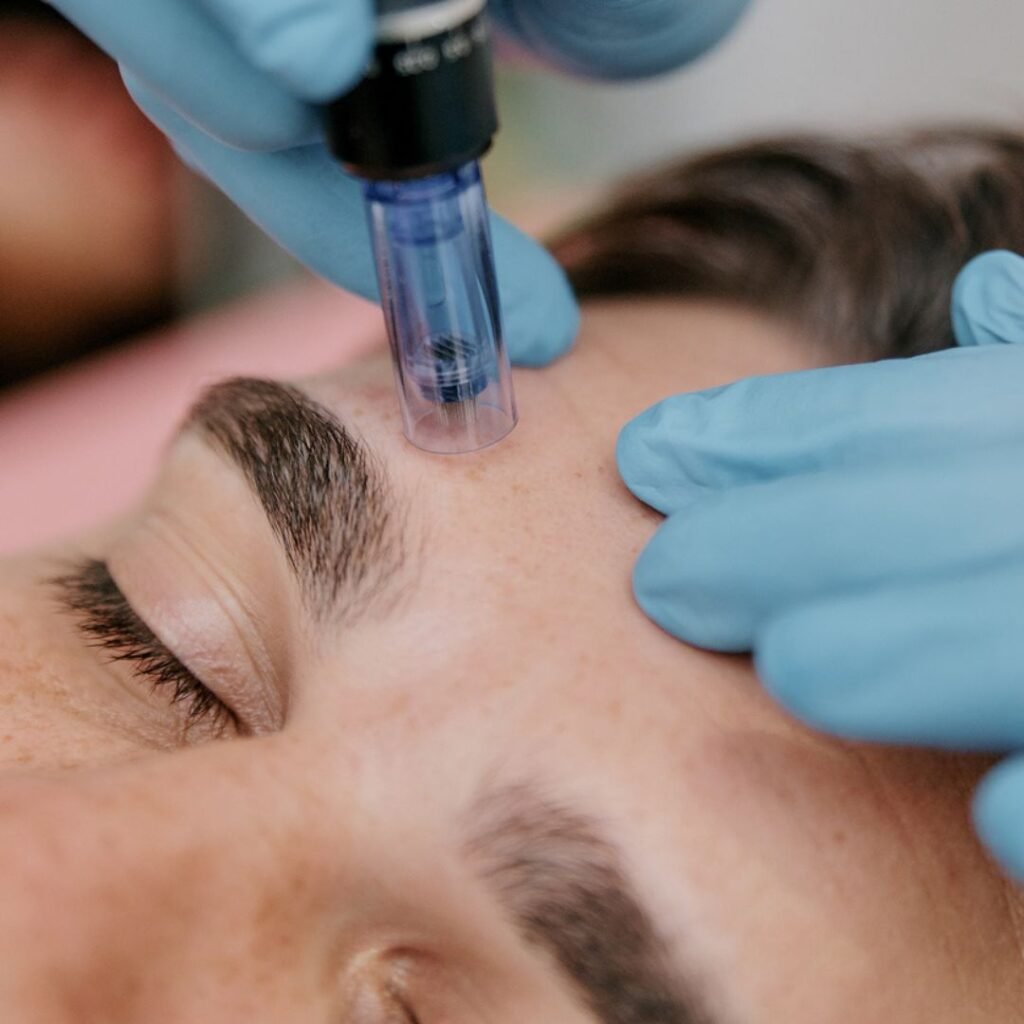Regenerative medicine has seen rapid advancements with the rise of both stem cell therapies and exosome treatments. While both aim to repair, regenerate, and rejuvenate tissues, they operate differently at the biological level, and their regulatory paths and clinical applications vary—especially in countries like South Korea, which has become a global hub for cutting-edge regenerative treatments.
What Are Stem Cells?
Stem cells are living cells capable of self-renewal and differentiation into various specialized cell types. In regenerative medicine, stem cells—often mesenchymal stem cells (MSCs)—are harvested from sources like bone marrow, adipose tissue, or umbilical cords. These cells are then introduced into the patient’s body with the hope they will engraft, proliferate, and differentiate to repair damaged tissues or modulate immune responses.
Key features of stem cells:
- Live, replicating cells that can multiply and transform into different types of cells.
- Potential to directly replace damaged or diseased cells.
- Complex biological behavior with a risk of uncontrolled growth or immune rejection.
- Require careful handling, storage, and delivery.
- Subject to strict regulatory controls due to their living nature and potential risks.
What Are Exosomes?
Exosomes are tiny extracellular vesicles (30-150 nm) secreted naturally by cells, including stem cells. They carry proteins, lipids, mRNA, and microRNA, which serve as messengers to influence the behavior of surrounding cells. Instead of transplanting living stem cells, exosome therapy uses these cell-derived packets to stimulate the body’s own repair mechanisms.
Key features of exosomes:
- Non-living, cell-free particles containing bioactive molecules.
- Act as communication vehicles to promote tissue regeneration and immune modulation.
- Lower risk of immune rejection or tumor formation since they don’t contain whole cells.
- Easier to store, handle, and standardize compared to live cells.
- Can be engineered or purified for specific therapeutic effects.
Direct Comparison: Stem Cells vs. Exosomes
| Aspect | Stem Cells | Exosomes |
|---|---|---|
| Nature | Living cells | Cell-derived vesicles (non-living) |
| Mechanism of Action | Differentiate and replace damaged cells | Deliver signaling molecules to stimulate repair |
| Safety Profile | Potential tumorigenesis, immune reaction | Generally safer, less risk of adverse events |
| Handling & Storage | Requires cryopreservation, special labs | More stable, can be stored and transported more easily |
| Regulatory Complexity | High—stringent regulations worldwide | More lenient, often classified as biologics or cosmetics |
| Clinical Outcomes | Promising but variable due to cell behavior | Consistent paracrine effects, reproducible results |
| Manufacturing Scale | Complex and costly | Scalable, easier to produce in large quantities |
Why Korea Prefers Exosomes in Clinical Practice
South Korea has emerged as a global leader in regenerative medicine innovation, with particular enthusiasm for exosome-based therapies. Several factors explain this preference:
1. Regulatory Environment
Korea’s regulatory authorities, such as the Ministry of Food and Drug Safety (MFDS), take a cautious approach toward stem cell therapies due to potential safety concerns, including tumor formation and immune rejection. Stem cell products require extensive clinical trials and long approval timelines.
In contrast, exosome therapies, being cell-free, are generally viewed as safer and easier to regulate. Exosomes often fall under less stringent classifications (such as “biological extracts” or “cosmeceuticals”) when derived from well-characterized sources, allowing faster clinical adoption.
2. Clinical Safety and Efficacy
Clinical centers in Korea prioritize patient safety while delivering effective results. Exosomes’ lower immunogenicity and non-replicative nature minimize risks of adverse reactions. Numerous Korean studies have demonstrated exosomes’ regenerative effects in skin rejuvenation, joint repair, and wound healing, making them a preferred option for both aesthetic and therapeutic use.
3. Manufacturing and Standardization
Korean biotech companies have invested heavily in developing scalable, standardized exosome production techniques. Unlike stem cells, which vary based on donor and culture conditions, exosomes can be produced consistently with defined potency, making them attractive for widespread clinical use and commercialization.
4. Patient Demand and Medical Tourism
Korea’s advanced medical infrastructure and reputation for safe, innovative treatments attract patients globally. The appeal of non-invasive, low-risk exosome therapies for anti-aging and regenerative purposes aligns well with patient preferences, enhancing the popularity of exosomes over stem cells.
Summary
| Stem Cells | Exosomes | Korea’s Preference |
|---|---|---|
| Living cells with regenerative ability | Non-living vesicles with signaling power | Exosomes favored for safety, ease of regulation, and scalability |
| Potential risks include tumorigenesis and immune reaction | Lower risk, cell-free nature | Korea’s MFDS regulatory framework prefers cell-free biologics |
| Complex handling and variable outcomes | Easier storage and consistent effects | Clinical adoption accelerated in Korea due to reliable outcomes |
| Expensive and complex production | Scalable, cost-effective production | Korean biotech leads in exosome manufacturing and applications |
Final Thoughts
While stem cell therapies hold incredible potential, exosomes represent a safer, more controllable, and regulatory-friendly alternative that has captivated South Korea’s medical and regulatory sectors. This preference has positioned Korea at the forefront of exosome-based regenerative medicine, driving innovations that combine efficacy with patient safety and accessibility.




